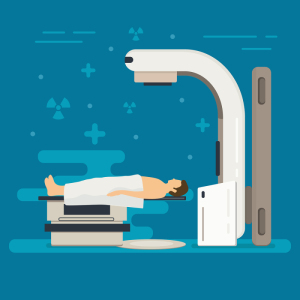by
Lauren Dubinsky, Senior Reporter | January 10, 2018

Results from proof-of-concept
study are in
A new algorithm developed at North Carolina State University may have the potential to dramatically reduce the side effects of radiation therapy.
"Even after decades of development, the efficacy of radiation therapy treatments is limited by the side effects that arise from unwanted radiation to healthy tissue," Dávid Papp, assistant professor at the university, told HCB News.
Current clinical protocols have patients receive the same radiation dose for each treatment session, but Papp and his team decided to investigate the effectiveness of administering different doses.



Ad Statistics
Times Displayed: 60894
Times Visited: 1960 Ampronix, a Top Master Distributor for Sony Medical, provides Sales, Service & Exchanges for Sony Surgical Displays, Printers, & More. Rely on Us for Expert Support Tailored to Your Needs. Email info@ampronix.com or Call 949-273-8000 for Premier Pricing.
In a proof-of-concept study, the team tested this new protocol, called spatiotemporal fractionation, against model slices of five differential liver tumors — each representing a specific size or location.
They discovered that this new protocol reduced the liver radiation dose by 13 to 35 percent while delivering the same results as conventional radiation therapy.
Papp noted that a 20 percent reduction in side effects is enough to warrant a change in standard clinical practice.
The results were published in
Physics in Medicine and Biology. The team is now working on refining the protocol to make it more robust, and they plan to conduct
in vivo testing next.
"We can only speculate, but I believe [this protocol] has the potential to change how cancer patients with certain tumor types are treated, and to do so with only minimal investment required from the clinics," said Papp.
He added that one of the most pertinent questions is whether these new types of treatments can be designed and delivered just as easily and safely as conventional treatments. Clinical trials will help answer that.

